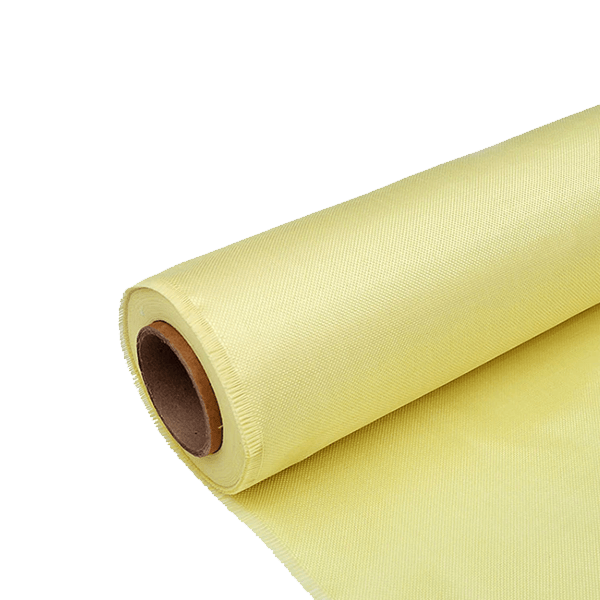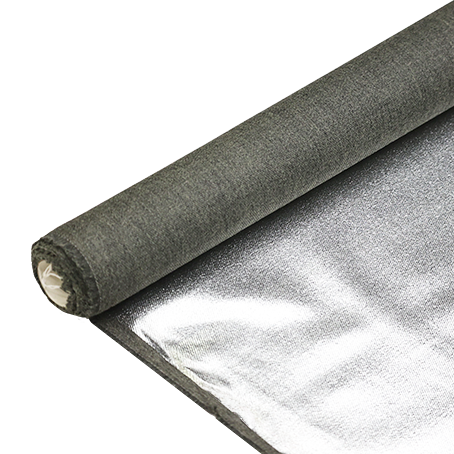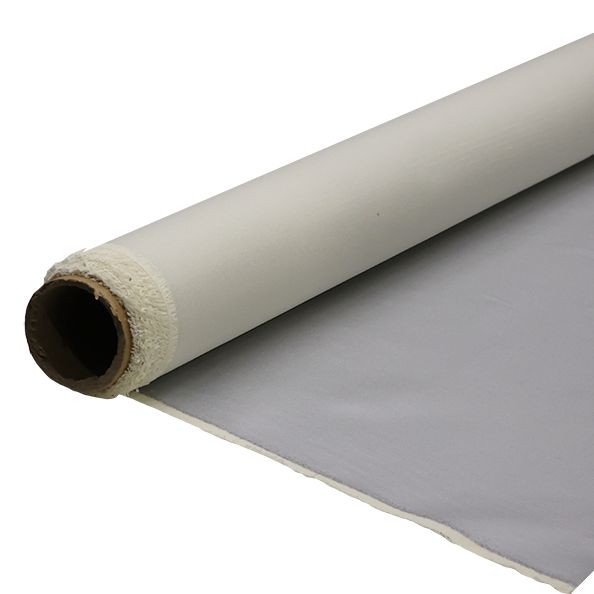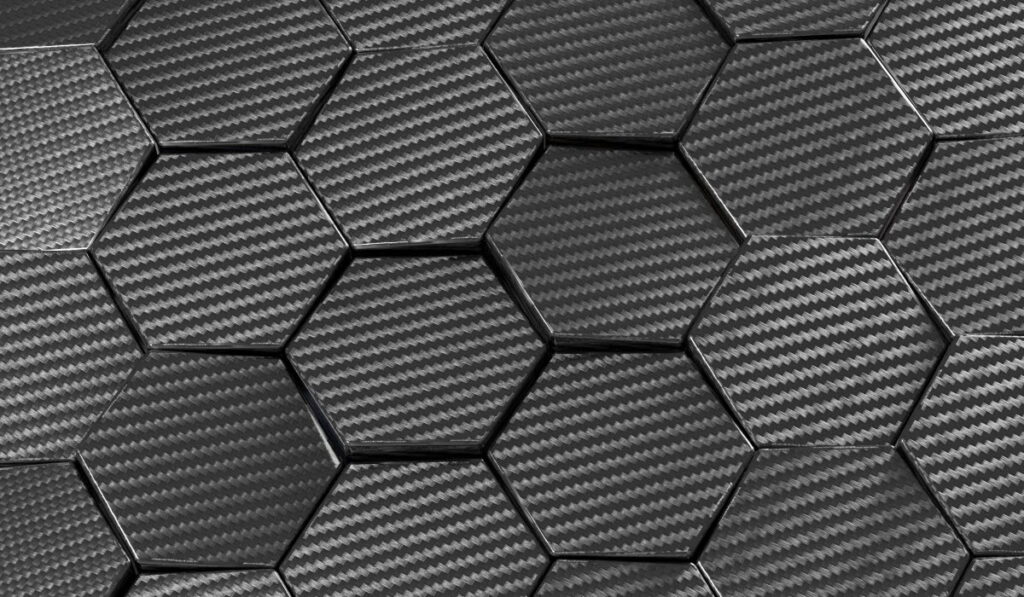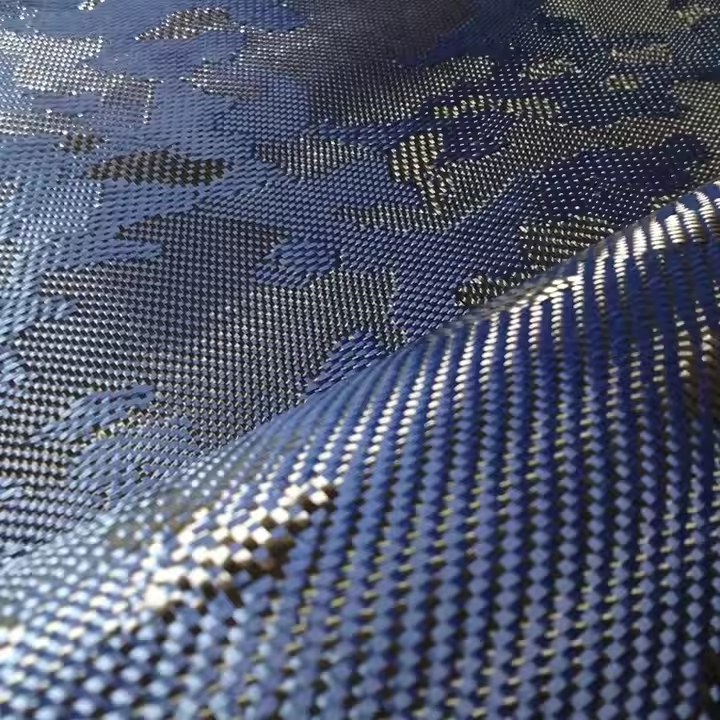Морской
High-performance fiber is commonly used in boat hulls, sails, and rigging, resulting in better performance and energy efficiency. Additionally, its corrosion-resistant qualities make it an ideal material for boats exposed to saltwater. Overall, the use of carbon fiber in the marine industry has provided a significant boost in innovation and sustainability.

